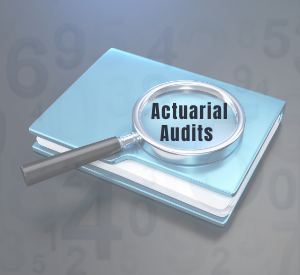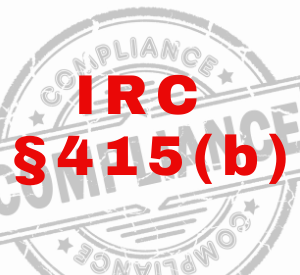A funding policy for a public sector defined benefit pension or OPEB plan is a systematic set of rules and procedures used to determine the annual funding contribution requirements to be made by the employer(s) in a specific year or a series of years. Establishing and reviewing a comprehensive funding policy will help govern decision making that will lead to better financial outcomes and improved benefit security for all members of a public sector pension or OPEB plan.
Important ASOP No. 4 Changes Affecting Public Plan Actuarial Valuations
The Actuarial Standards Board (ASB) adopted a revision to Actuarial Standard of Practice (ASOP) No. 4, Measuring Pension Obligations and Determining Pension Plan Costs or Contributions. The revised ASOP will be applicable to actuarial valuations performed beginning in the spring of 2023.
This article highlights some of the revisions to ASOP No. 4 and its implications for public pension plans.
Understanding Social Security Benefits
The Social Security program is becoming increasingly important. This article includes: 1) background information; 2) retirement benefit calculations; 3) the Windfall Elimination Provision (WEP); 4) early and late retirement benefits; 5) working after retirement; 6) family benefits; 7) the Government Pension Offset (GPO); and 8) cost-of-living increases.
Priest Retirement: “Plan of the Future” Ideas and Considerations
Understanding changes in the benefits landscape in the last 50 years can help Dioceses update 1970’s-era benefit policies and better prepare priests for retirement. This article provides a comparison of priest retirement benefits as they appear today versus when they were initially developed in the 1970s. The article concludes with an overview of the “Plan for the Future.”
The Role of Actuarial Audits in Performing Due Diligence
Fundamentals of Internal Revenue Code Section 415(b)
Internal Revenue Code (IRC) Section 415(b) places limits on amounts that may be paid from defined benefit (DB) retirement plans that are “qualified” under Code §401(a). This article summarizes the key §415(b) provisions for governmental DB plans and discusses compliance with §415(b) and the associated regulations.
Priest Retirement Surveys Improve Retirement Readiness
A critical first step in understanding retirement benefit adequacy is collecting individual data from priests by conducting a pension plan survey. Since 2011, GRS has deployed a pension plan survey to priests in 15 dioceses. The survey has been proven to be an important tool to help the dioceses understand their priests’ retirement readiness.
Understanding Actuarial Assumptions
ASOP No. 51 – Assessment and Disclosure of Pension Plan Risk
The Actuarial Standards Board (ASB) adopted a new Actuarial Standard of Practice (ASOP) No. 51, Assessment and Disclosure of Risk Associated with Measuring Pension Obligations and Determining Pension Plan Contributions. This article provides a high-level overview of ASOP No. 51 and its implications for public pension plans, which is effective for actuarial work products with a measurement date on or after November 1, 2018.
Pension Reform – A “Top-Down” Roadmap to Success
For most public sector retirement systems, funded statuses have declined and their contribution requirements have increased over the past decade. These trends have prompted various levels of pension reform. A “top-down” approach has proven to be effective that first determines an overall structure and magnitude of change, including development of a contribution strategy, and then details the specific design modifications to achieve those objectives.









